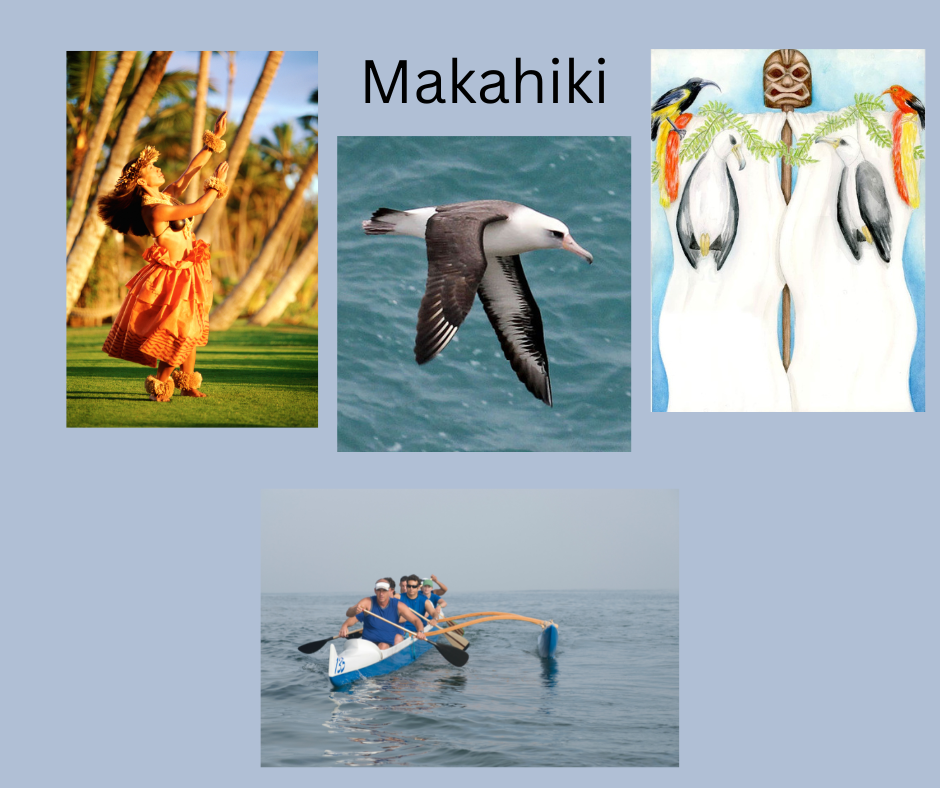Makahiki is the traditional Hawaiian New Year and a time to worship the God Lono. This was not a one-day festival as our New Year is today. Makahiki went on for several months traditionally from October to February.
Makahiki takes place at the end of the agricultural season. Communities had feasts to celebrate and people took time to rest. Activities to strengthen the body and soul were of primary importance.
A lunar holiday, Makahiki officially starts when the constellation Pleiades appears.
Three Phases of Celebration
Spiritual Cleansing
The first phase was about preparation and honoring the gods. All citizens contributed something they had such as crops, meat, and feathers. These things were offered to the gods.
Communities had stone altars where they placed offerings. Some of the altars were in the shape of a hog because Lono is represented by swine.
You can read about the Boar as a spirit animal here.
2. Dancing and Sports
This phase included much celebration. The Hula dance was performed and there were many sports competitions. Javelin throwing, canoe races, and swimming remain popular today.
Competitions were not limited to physical sports. Mental games in the form of riddles, recitation, and storytelling were also popular.
3. “Tax” Canoe
A canoe filled with offerings for Lono is towed out to sea and set adrift. The taxes are called Auhau and hoʻokupu is the offering.
Lono (Akua Loa)
Lono is the god of agriculture, fertility, music, and peace. During the traditional time of Makahiki war was forbidden. Today Hawaiians practice making peace with neighbors or family members.
Lono descended to earth on a brilliant rainbow. He is married to Laka goddess of the forests and creator of the hula dance.
He is also associated with rainfall and brings the Kono storms. Makahiki occurs during Hoʻoilo (the wet season). During this season priests would carry a long pole with a human effigy and symbols of Lono around the main island.
Celebrate Today
A fun but undoubtedly expensive way to celebrate is to visit Hawaii! The islands continue to celebrate Makahiki as a traditional celebration and a way to draw tourists. Keola Magazine talks about the cultural resurrection of the holiday.
Learn to hula.
Cook rice cakes called mochi. These cakes are believed to bring strength and long life. Eat them with fish.
Go swimming and dry off by a bonfire on the beach.
Get involved in a sport this winter season to strengthen your body.
Give thanks for tropical birds, especially the Kaupu bird (Laysan albatross) which symbolizes Lono.
Thank Lono and Laka for the earth and its abundance.




The month of Reed symbolizes wisdom, adaptability, and communication with the ancestors. Reeds are flexible and that is beneficial as this month often brings changes. Reed reminds us that winter is near and we must prepare.